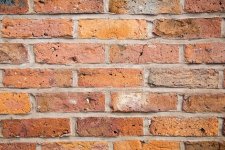threesixright
Member
- Joined
- Aug 17, 2017
- Messages
- 655
I was looking for a center drill for masonry, for screwing hinges to a outside wall.
I know there is the “tape” trick for preventing your drill to “run off”.
Any reason why there is not (i can not find it) a center drill for masonry? Could you use a wood version and change the drill bit (with same dia)?
Thanks!
Sent from my X using Tapatalk
I know there is the “tape” trick for preventing your drill to “run off”.
Any reason why there is not (i can not find it) a center drill for masonry? Could you use a wood version and change the drill bit (with same dia)?
Thanks!
Sent from my X using Tapatalk




